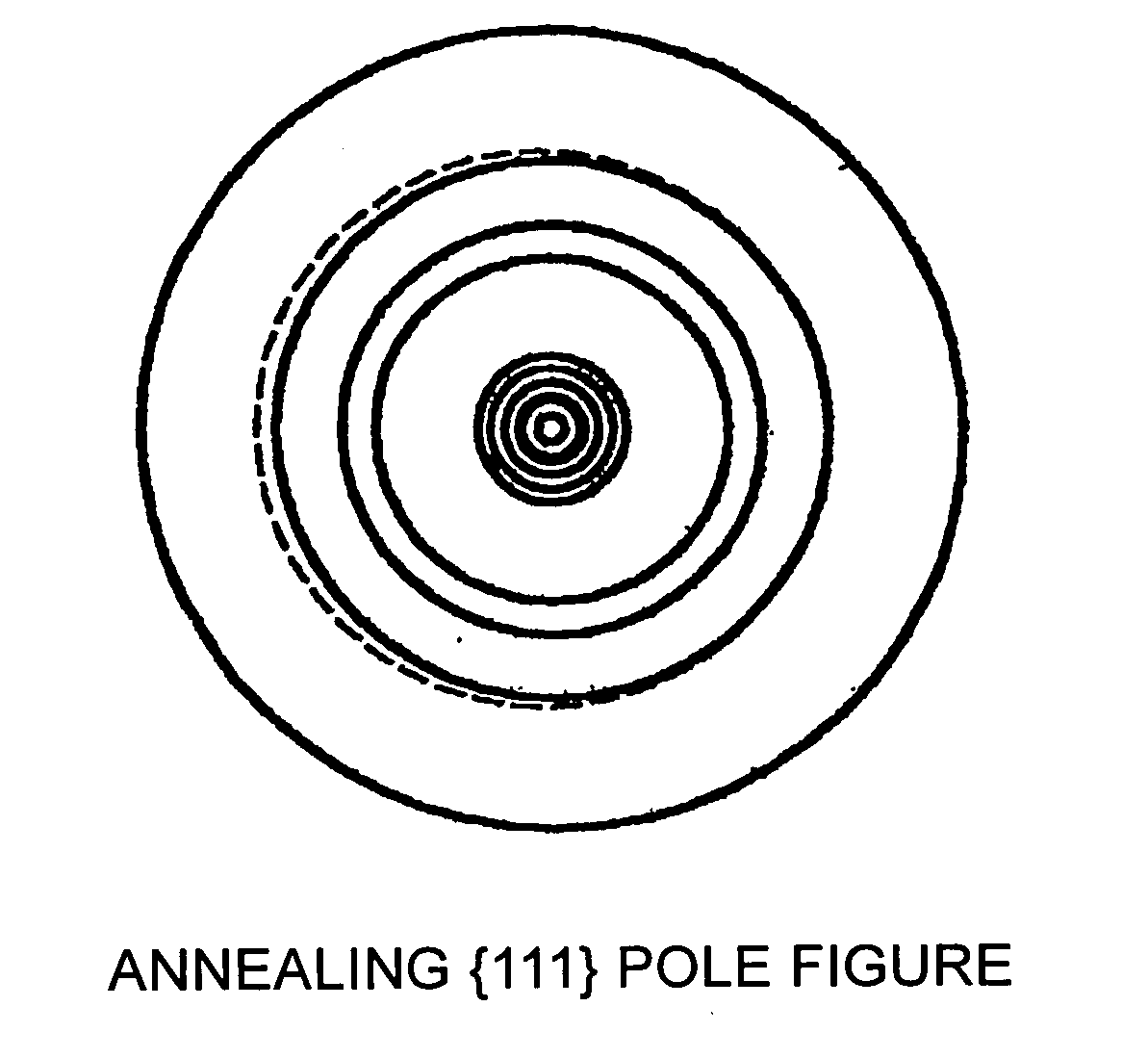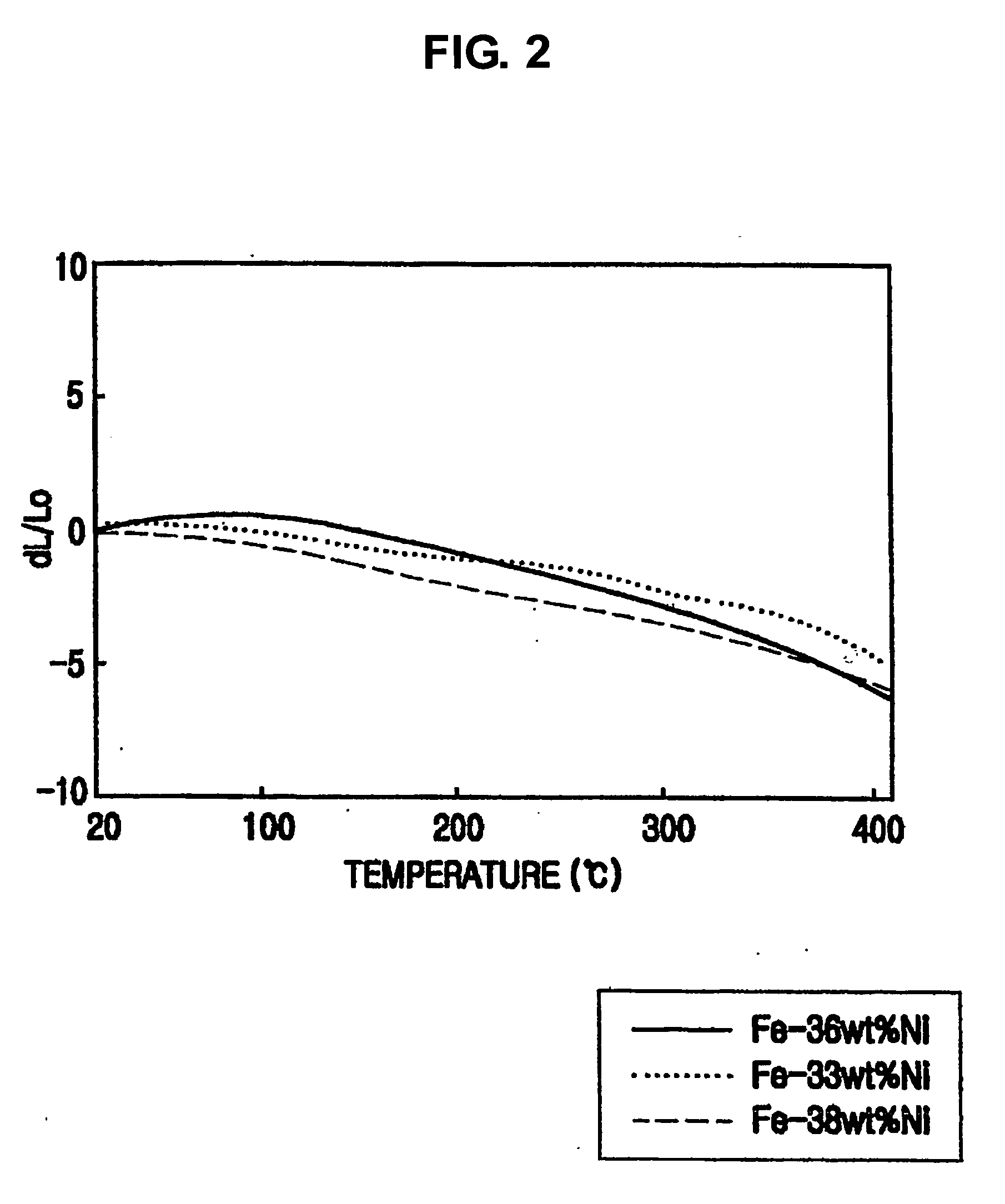Nano invar alloys and process for producing the same
a technology of nano-invar and alloy, applied in the field of electrolyte, can solve the problems of difficult to obtain homogenous product, difficult heating process for shaping as requested by final product, and high production cost of process, and achieve excellent mechanical properties
- Summary
- Abstract
- Description
- Claims
- Application Information
AI Technical Summary
Benefits of technology
Problems solved by technology
Method used
Image
Examples
Embodiment Construction
[0021] A preferred embodiment of the present invention will now be described in detail with reference to the accompanying drawings.
[0022]FIG. 1 is a schematic diagram of an electroplating apparatus for producing a nano invar alloy sheet according to the present invention.
[0023] In FIG. 1, electroplating was conducted such that an electrolyte 3 according to the present invention was put in an electroplating bath 9, and a circulation pump 5 was actuated to allow the electrolyte 3 to flow between a cathode 1 and an anode 2, spaced 10 mm apart from each other, at a flow rate of 0.1 to 2.0 m / sec. Here, reference numeral 6 denotes a circulation pipe. When a 20 μm thick Fe—Ni alloy was electrodeposited on a cathode sheet, a current supply device 4 was stopped operating, and a resulting electroplated sheet was isolated from a cathode surface. According to an aspect of the present invention, the inclination 10 of an anode sheet depends on the flow rate.
[0024] The electrolyte proposed in t...
PUM
| Property | Measurement | Unit |
|---|---|---|
| Grain size | aaaaa | aaaaa |
| Temperature | aaaaa | aaaaa |
| Fraction | aaaaa | aaaaa |
Abstract
Description
Claims
Application Information
 Login to View More
Login to View More - R&D
- Intellectual Property
- Life Sciences
- Materials
- Tech Scout
- Unparalleled Data Quality
- Higher Quality Content
- 60% Fewer Hallucinations
Browse by: Latest US Patents, China's latest patents, Technical Efficacy Thesaurus, Application Domain, Technology Topic, Popular Technical Reports.
© 2025 PatSnap. All rights reserved.Legal|Privacy policy|Modern Slavery Act Transparency Statement|Sitemap|About US| Contact US: help@patsnap.com



